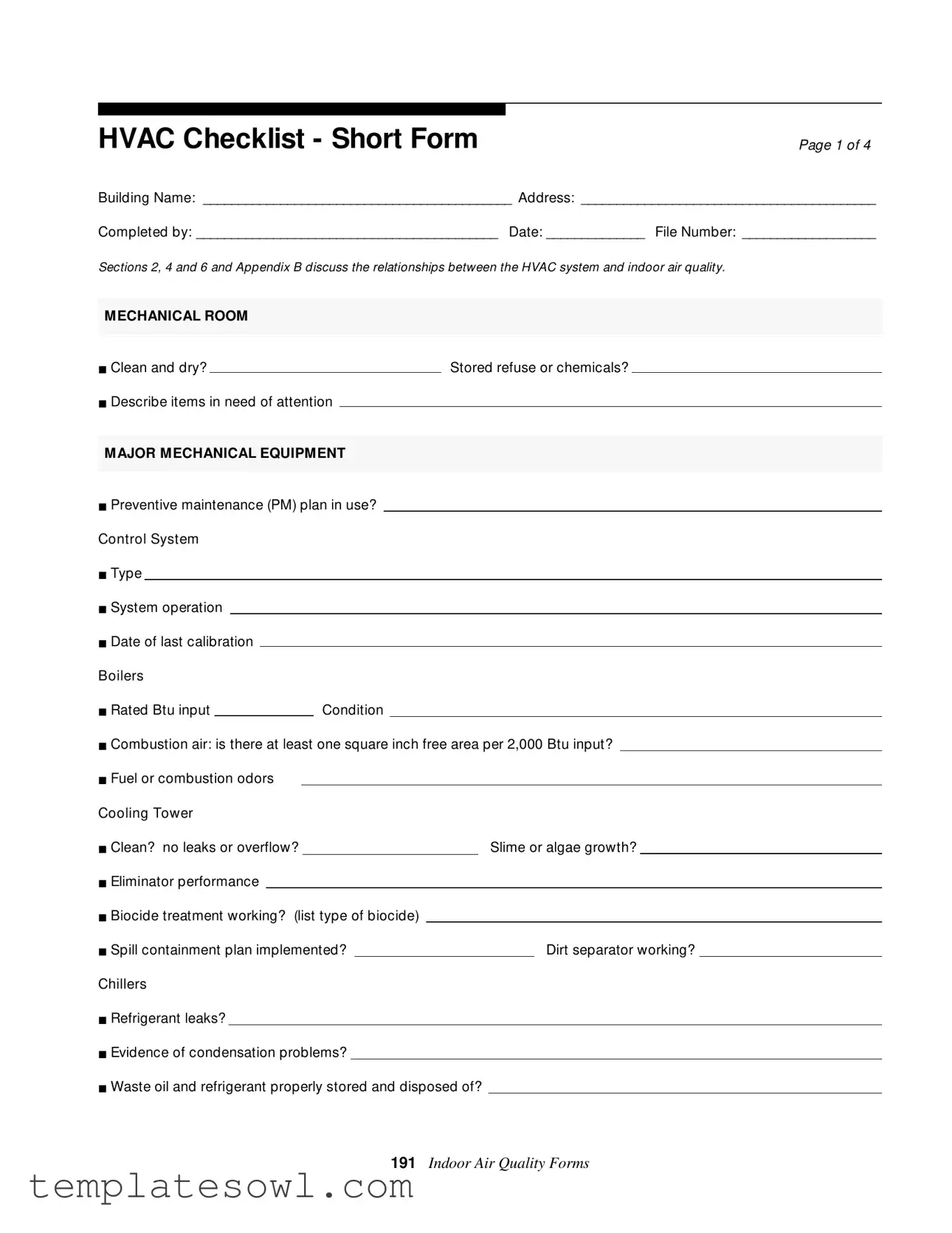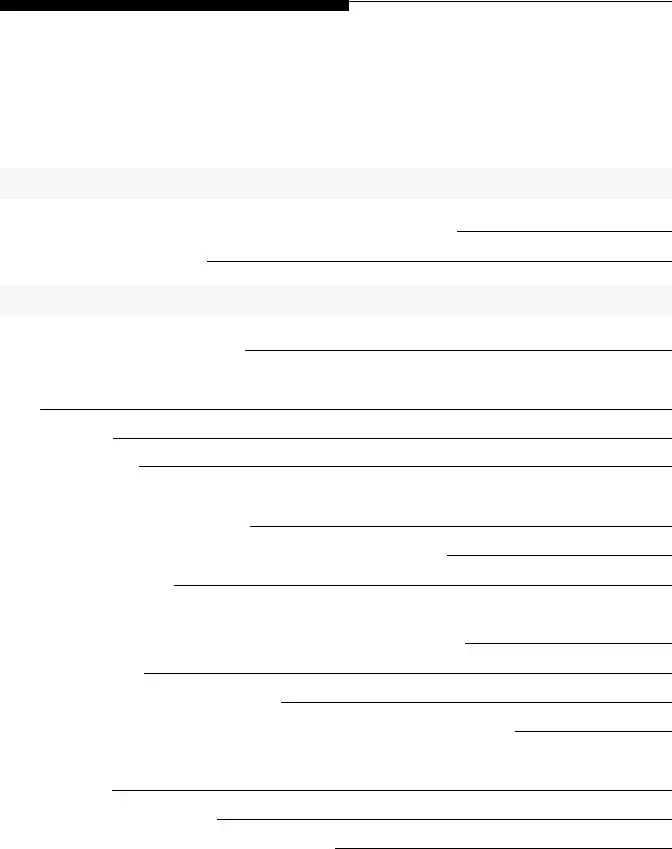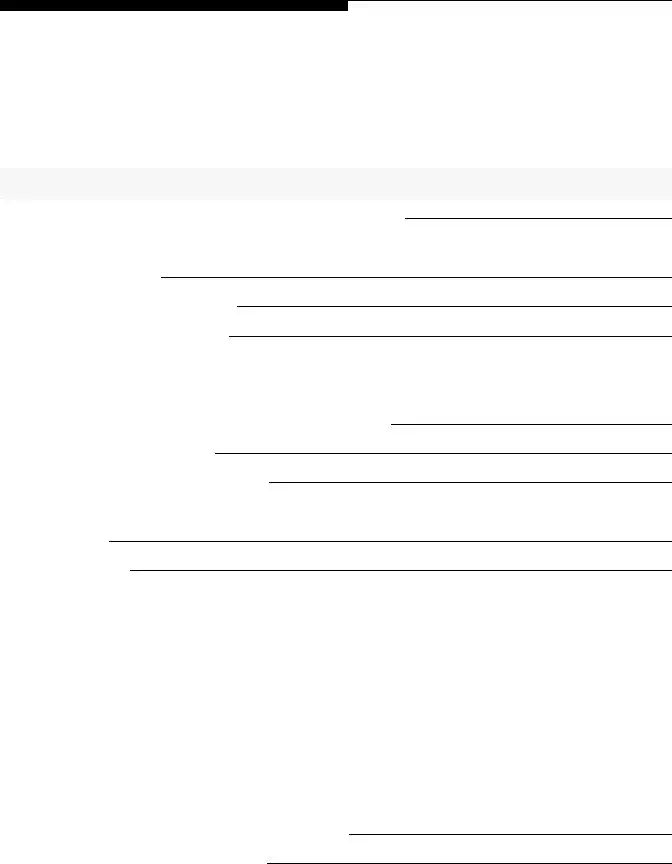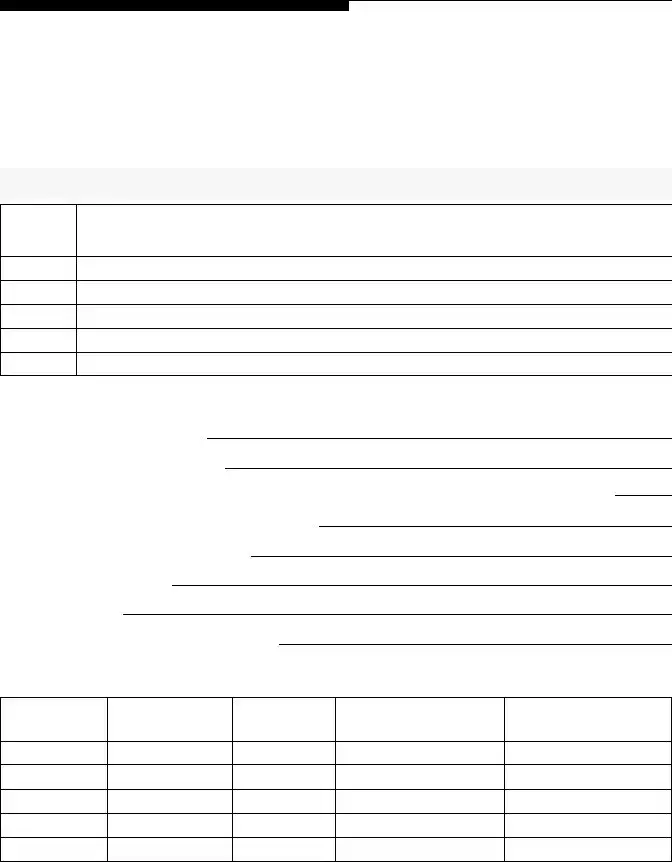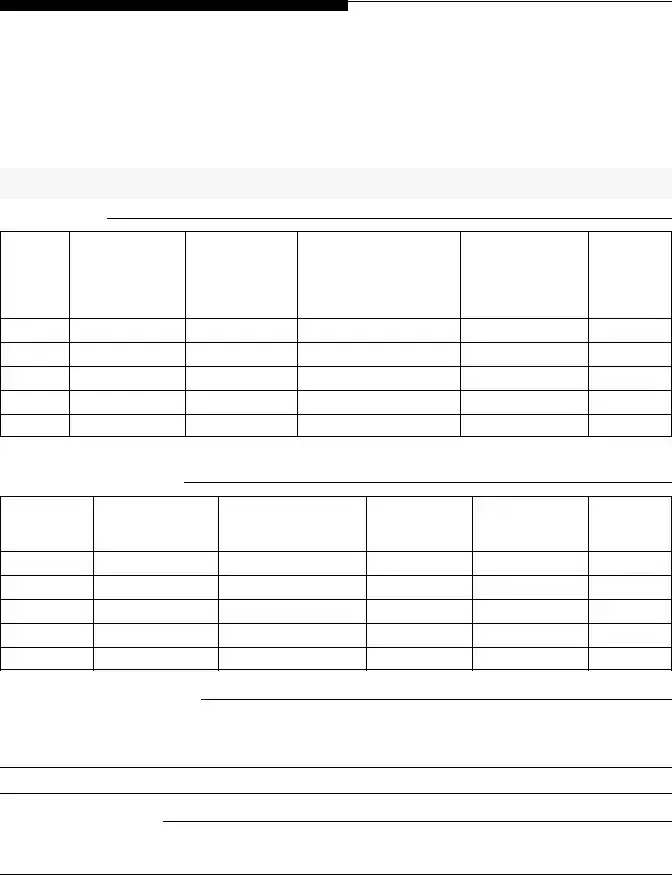When it comes to maintaining a healthy and comfortable indoor environment, regular HVAC inspections play a crucial role. An effective HVAC Inspection Checklist is a valuable tool that assists technicians in evaluating different components of the heating, ventilation, and air conditioning system. This comprehensive form covers various aspects, such as the condition of major mechanical equipment, air handling units, and distribution systems. It emphasizes the importance of preventive maintenance, ensuring that elements like boilers, chillers, and cooling towers operate efficiently. The checklist also takes into account the overall cleanliness of the mechanical room and the presence of potentially harmful odors or contaminants. Furthermore, it addresses indoor air quality by assessing ventilation systems and their proper functioning, including filters and humidistats. By documenting essential information like equipment conditions, maintenance schedules, and potential problem areas, this checklist helps create a systematic approach to HVAC management, ensuring a safe and efficient system while promoting optimal indoor air quality.
